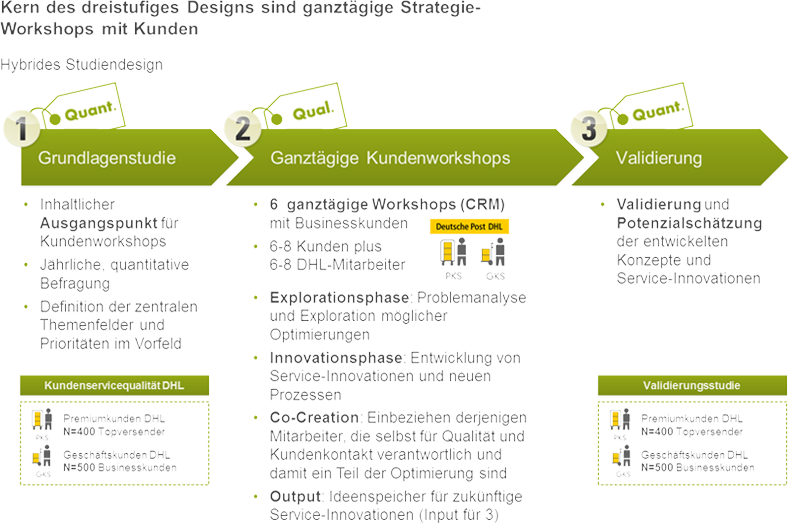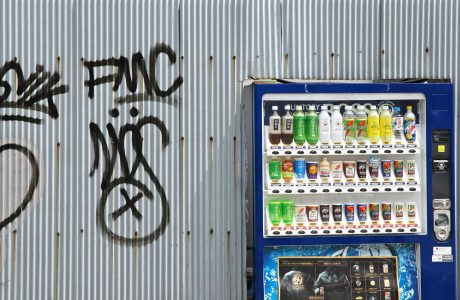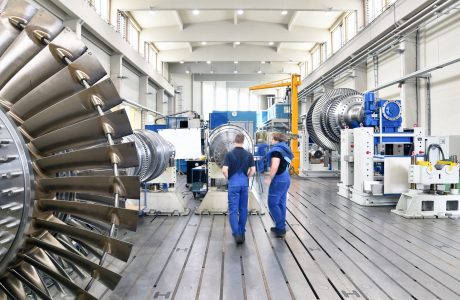b2b-Marktforschung auf C-Suite Level
b2b market research at C-Suite level (e.g. CEOs and CFOs), i.e. market research decision-makers, is notable for its multiple challenges. But what makes C-Suite research so special?
Top target groups get caught up in the blind spot of standardised systems: Managers at C-Suite level are rarely surveyed in a satisfactory way in standardised quantitative studies. So, although top decision-makers get a comprehensive perspective view, they are not able to retrieve any specific detailed experience for the individual fields of the operational cooperation. The customer relationship they experience also develops predominantly outside of the common company interfaces and is therefore rarely depicted in standardised contact point models. b2b market research at C-Suite level should therefore leave enough room for the non-standardised aspects of cooperation.
Caution with “high-risk target groups”: The customer value of an individual contact is usually very high. It is therefore even more important not to “burden” these customers with market research. Key account managers are often the ones that view their customer’s surveys with scepticism. It is therefore necessary to keep the survey as “least invasive” as possible and to get the buy-in from sales and customer relationship managers on the client side.
Multi-dimensional survey goals: Circular effects of surveys have a special meaning in the field of C-Suite research. Alongside answering research questions, b2b market research in these target groups should positively bank on customer loyalty by expressing particular appreciation for the top customers taking part. Ideally, this should all happen at the same time.
Practical examples from research for Deutsche Post AG illustrates how these complex and diverse requirements are reconciled.






